States Ambassador Duclos of Peru at an interview with The Korea Post media
By Publisher-Chairman Lee Kyung-sik with VCs Choe Nam-suk, Jang Chang-yong, Joy Cho, Reporter Ms. Jeong Da-jeong
Ambassador Paul Duclos of the Republic of Peru in Seoul said, “My country and Korea celebrate 60 years of friendly relations and mutual cooperation based on a shared vision sustained on the promotion and defense of democracy, human rights and multilateralism and international law.”
Speaking at an exclusive interview at the Embassy of Peru in Seoul with The Korea Post media, publisher of 3 English and 2 Korean language news publications since 1985, Ambassador Duclos then said, “We could be far in geographical distance, but, indeed, we are very close in terms of bilateral relationship.”
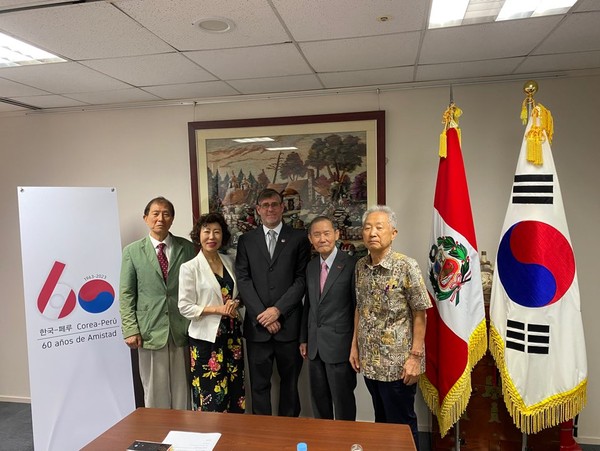
Then Ambassador Duclos noted, “We decided to establish diplomatic relations on April 1, 1963 by a Joint Communiqué initiating an incremental partnership in several fields such as political cooperation, economic ties, and cultural and educational exchanges.”
Details of the interview follow:
Question: First of all, Korea and Peru are celebrating 60th anniversary this year. Please tell us the brief history of diplomatic and economic ties between the two countries for the past 60 years.
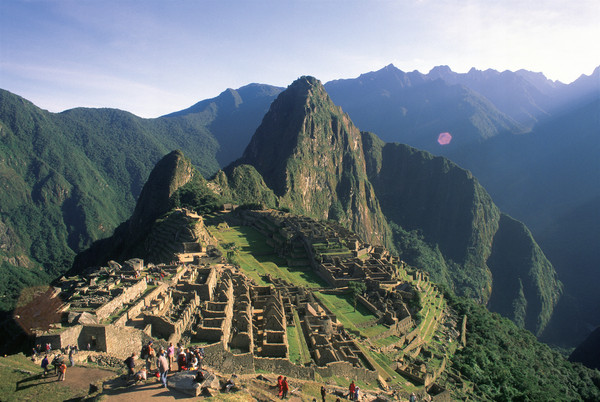
Answer: Peru and South Korea celebrate 60 years of friendly relations and mutual cooperation based on a shared vision sustained on the promotion and defense of democracy, human rights and multilateralism and international law. We could be far in geographical distance, but, indeed, we are very close in terms of bilateral relationship. We decided to establish diplomatic relations on April 1st, 1963, by a Joint Communiqué initiating an incremental partnership in several fields such as political cooperation, economic ties, and cultural and educational exchanges.
We can recall our Free Trade Agreement signed in 2011, which has allowed the sustained growth of our commercial exchange while expanding the access of Peruvian agro-industrial products to this market. We also established a Comprehensive Strategic Partnership in 2012, as a seal of our special relationship encompassing various issues of mutual concern. It is equally important the establishment of bilateral mechanisms in Political Consultations for one side and on Economic, Scientific and Technical Cooperation that are very useful spaces to renew and innovate opportunities for joint action and contribute to provide a renewed dynamism to our liaison.

Q: We trust that there are Peruvian cultural events scheduled for the celebration of 60th anniversary this year. Please introduce them in detail.
A: One of the future main activities to commemorate the 60th anniversary of our bilateral diplomatic relations is the visit of the BAP “Union” training school ship (sailboat), which will arrive in Busan between September 10th and 14th. The visit of the Peruvian Navy Training Ship will be an excellent opportunity to bring Korean citizens closer to Peru and its culture. We invite to the Busan and Korean citizens to accompany us during those dates at the Busan International Cruise Terminal next to the Maritime Museum.
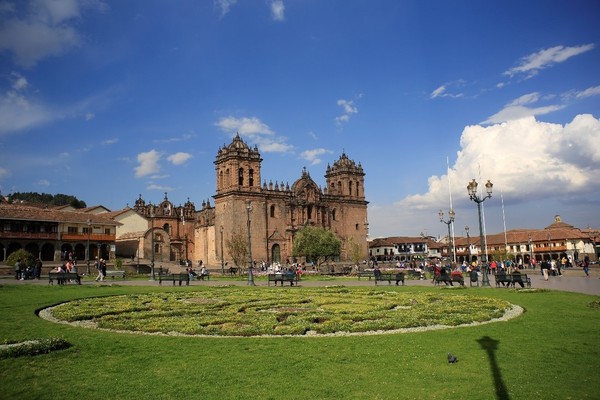
Additionally, we are organizing during this year several exhibitions, musical performances, gastronomic events as well as participation in film festivals. In October 20th, for example, we will have an event celebration on the 60 years in the main square of Seoul Metropolitan City, in collaboration with the Public Library of Seoul.
Likewise, we will run some artistic exhibitions as “Qapac Ñam: The Inca Road”, between July 26th to August 15th and “Masters of Korea and Peru painters” between August 19th and September 17th. Both in Banditrazos Gallery, in the district of Seonbuk, in Seoul.
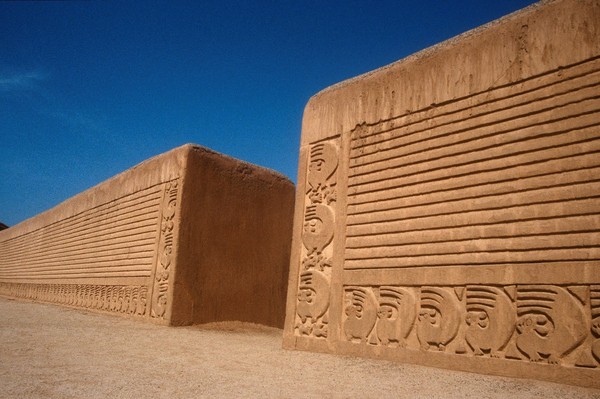
In the gastronomic field, in partnership with the Korean Food Promotion Institute (KFPI) we developed in July the event “Diversity and Millenary Flavors: The Best Peru Cuisine and Culture Meet Korean Food”, as well as gastronomic weeks in hotels in Seoul.
Q: As the new ambassador of Peru to Korea, please introduce yourself to our readers to the fullest possible extent, including your family and hobbies.
A: I am a Peruvian diplomat with more than 25 years of experience. I am also a Lawyer with master studies in United Kingdom and the United States.
I have been posted abroad to the Permanent Mission of Peru to the United Nations in two occasions and in our Embassies in Japan, India and the Netherlands.
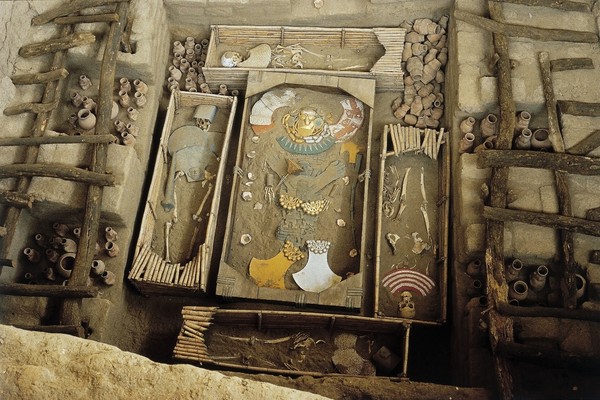
I am very proud to be Ambassador in this beautiful, vibrant and interesting country. I am particularly enjoy learning about its history and traditions together with my family.
Q: What are the latest developments in Peru in the economic, political, cultural and other areas—interesting to Korea and the two countries.
A: From the political point of view, Peru fulfilled 200 years as a Republic in 2021. It has a consolidated democracy, through successive elected governments, and with established policies to promote free trade and foreign investment, to protect human rights and rule of law, and with the aim to reach economic growth and the inclusive development of our population, in particularly those in situation of vulnerability. Our President is Dina Boluarte, who is into power since December 2022.
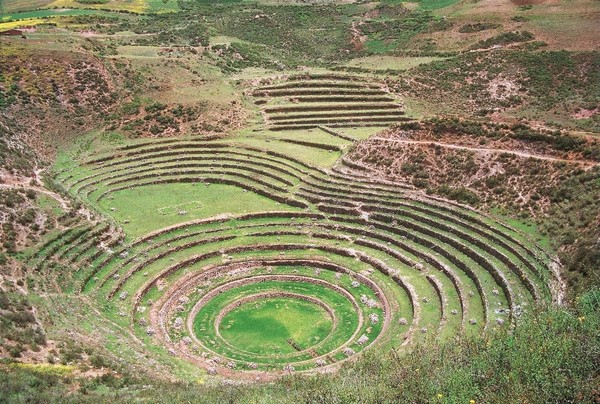
On the economic side, Peru has continued a path of growth and development, during the last 30 years, based on macroeconomic discipline and stability, open trade policy with the most important international markets, non-discriminatory treatment for international investment and a long-term vision.
On the cultural side, we received good news recently when the Peruvian restaurant “Central” was recognized as “The best restaurant in the world”, and in total four restaurants in Lima were selected among the 50 best, the most between any other city in the world.
Q: What is the present volume of bilateral trade, its outlook in the next 12 months?

A: The commercial exchange between Peru and the Republic of Korea in 2022 reached around USD 4,000 million. Korea has become our 4th trading partner, having grown by more than USD 1,000 million in relation to 2020 and 6 times bigger since 2010.
In this sense, in the current context, where Korea is looking for suppliers so that supply chains are not interrupted, Peru, thanks to the various advantages offered by the FTA, will continue this trading incremental expansion in both traditional and mineral products. as in non-traditional products such as agro-industrial and hydrobiological goods.
Q: What are the areas in Peru where Your Excellency might want Korean companies to invest and what are the areas in Korea where the businessmen your country are desired to invest?
A: The first thing is to recognize that we are both complementary countries, meaning that we export what Korea needs and vice versa. It is important to mention that culturally we can understand each other in an excellent way, especially when we do business.
We have configured also a consistent policy to eliminate the obstacles to foreign investment and to offer stable economic conditions. That is the reason why many Korean companies has chosen Peru as center of their business in South America and are looking for more opportunities to invest, mostly in areas of land property to export agricultural products; mining, as Korea need natural resources for its industry; hydrobiological products and some services.
On the other side, more and more Peruvian companies seek to enter into the supply chains of Korean products. It is also important to mention that Peru and Korea count with a double taxation agreement since 2014, including mechanisms of collaboration between the Tax Administrations in order to detect cases of tax evasion.
Q: What are Peru’s competitive products and/or services attractive to Korea? Who are the companies of your country exporting your products services to Korea?
A: Perú and Korea has a long history of trade and commercial relations The main Peruvian export products to this market are copper minerals and their concentrates, LNG and hydrocarbons.
Also, it is possible to find in the Korean supermarkets our excellent quality Asparagus, Avocados, Mangoes, Grapes, and Organic Banana, as well as frozen seafood and Peruvian superfoods.
We are continuously promoting the arrival of new products to the Korean table, while Peruvian enterprises participate in the main fairs in Korea or organize yearly commercial missions. In the future, we expect to introduce Pomegranate, Potato and blueberries as fresh products and increase frozen seafood and superfoods.
Q: What are the Korean products and services that your country might wish to import?
A: In Peru, Korea is well known for its excellence in the production of technological products such as appliances, cars, televisions, batteries, and equipment of all kinds. Korean products are synonymous of quality and confidence. This fact also allows an excellent cultural rapprochement between the two countries.
Additionally, more than 100 Korean companies have all kinds of presence in Peru, since it represents a gateway to Latin America, not only because of its strategic position in the Pacific Ocean, but also because of its macroeconomic stability and respect for Foreign Investment. (FDI). This has allowed that in the last 10 years there has been more than USD 4,000 million of Korean investment in Peru, currently representing the 11% of Korean investments in Latin America.
Q: Who are the major Korean companies actively engaged in bilateral economic cooperation between the two countries? Please introduce them in detail in the order of size and scale of business activities.
A: There is a growing business presence of Korean enterprises in Peru. SK Innovation, for example, has an important participation in the exploitation of gas from "Camisea" in Cusco. Likewise, Dohwa Engineering and Hyundai Engineering & Construction, together with the Korean Airports Corporation (KAC) have a stake in the supervision and construction of the Chincheros Airport in Peru. This project will represent the entrance of tourists to our wonder of the world: Machu Picchu.
The presence of Korean companies involves several fields such as infrastructure, agriculture, fisheries, hydrocarbons, between others.
Q: Korean people, especially the up-and-coming Korean businessmen need rest and recuperation. What are your tourist attractions?
A: I am glad to say that Korean tourism has increased in the last year to Peru. Of course, we have the well-known new seven world wonder: Machu Picchu, but it is just a small part that we can offer to the visitors.
I am referring to a more than 4000 years of cultural evolution that let as shown incredible archeological sites in the north with the Moche culture, in the South with the Paracas and Nazca legacy and in the Andes and forest with amazing civilizations as the Chachapoyas or Wari. We have also beautiful natural destinations including beaches, mountains and the Amazon rainforest with a remarkable flora and fauna. All of them complemented with excellent hotels and, of course, a world recognized gastronomy.
The number of Korean visitors to Peru during the year 2018 was 32,133. The highest number of Korean tourists to Peru which we expect to recover by 2026.
In that sense, we think that the Agreement in Air Services with Korea will be an excellent opportunity to improve our flight connection and to let more Koreans visit Peru.
Q: What are the most important festive days in your country?
A: I would say our national day that we celebrate on July 28 and 29th is a very special opportunity to recall about our millenary history and to reflect about to promote development and equality in Peru. We count between the main religious celebrations to the Holy Week, the immaculate conception and Christmas.
We also are a festive country with several occasions for dancing and singing celebrations in almost all regions in Peru, particularly I would refer the Inti Raymi or fest of the sun that dates back to the Inca´s time and that we celebrate in June.
Q: Do you have Honorary Consul(s) in Korea? If yes, how are they contributing to the promotion of cooperation and friendship between the two countries?
A: We are in the final process of nominate a Honorary Consul in the important city of Busan that we are sure will contribute to strengthened our bilateral ties with all the south of Korea. We expect him to initiate functions during this second semester of this year.
Q: Please add whatever other details that Your Excellency might consider to be important.
A: First of all, I want to thank Korea Post and chairman Lee for allowing me to introduce my country to the Korean public
Also, to express my appreciation to the Korean people that has offered me and to my family a warm welcome, as well as our resident Peruvian community that contribute day by day in our mutual understanding, and in sharing our similarities with the Korean counterparts.
Finally, I would like to emphasize on this special occasion where we celebrate 60 years of diplomatic relations that Peru and Korea have established a genuine friendship that has overcome distance, cultural differences and language barriers. I am very confident that this partnership is destined to grow and to be strengthened in the future and we will make our best efforts towards that objective.
Editor’s note:
The Republic of Peru is a major Latin American country with a rich historical and cultural heritage, including the Inca civilization that ruled the vast area of South America until the early 16th century--plus abundant natural resources.
According to the comments of the Korean Ministry of Foreign Affairs on Peru, the two countries have very friendly relations and have developed a cooperative relationship over the past 60 years since the establishment of diplomatic relations in 1963.
Sharing universal values such as democracy and human rights, the two countries have worked closely together on the international stage.
In August 2011, a bilateral free trade agreement (FTA) came into effect, and since May 2012, the two countries have been developing a comprehensive strategic partnership.
In particular, Korea is strengthening future-oriented cooperation with Peru to realize its vision of a global pivotal country, while also expanding cooperation with the Pacific Alliance, of which Peru is a prominent member.
Korea continues to make efforts to further strengthen the traditionally friendly relations between the two countries, expand practical cooperation in areas such as energy, infrastructure, digital, defense, and climate change based on the existing cooperation centered on political, economic, and development cooperation, and expand mutual understanding and exchanges between the peoples of the two countries.
It has been 60 years since Korea established diplomatic relations with Peru, the birthplace of the Inca civilization and home to one of the Seven Wonders of the World, Machu Picchu. Sixty years is known as "hwan gap" in Korea, which means a long period of time and has a special meaning.
In 1963, then-President Park Chung-hee judged Peru, the gateway to the South American continent, as a bridgehead to enter South America and established diplomatic relations with Brazil, Argentina, Chile and other neighboring countries.
Since the establishment of diplomatic relations, the two countries have maintained close friendship by bringing various political, economic, and cultural exchanges.
The Korea Post interviewed Ambassador Paul Duclos to look back on the 60 years of bilateral relations between the two countries and hear about the complementary development of the two countries in the future.
"Beautiful, vibrant, and fun Korea," said Ambassador Paul Duclos, who emphasized that the Republic of Korea and the Republic of Peru have a complementary economic cooperation.
In other words, Peru has low wages and energy prices, while Korea has excellent technology products such as electronics. He predicted that complementary economic cooperation will be revitalized because Peru has excellent batteries.
Ambassador in the Diplomatic Service. Lawyer from the Pontifical Catholic University of Peru. LLM in Public International Law from the University of Nottingham, UK. M.A. in International Relations from the Fletcher School of Law and Diplomacy, United States. Professor of Multilateral Organizations and Multilateral Policy at the Diplomatic Academy of Peru. He worked in the Mission of Peru to the United Nations and in the Embassies of Peru in Japan, India and the Netherlands. In Peru he has been Director General for Multilateral and Global Affairs and Foreign Policy Studies and Strategies, Head of the Ministerial Office of Foreign Affairs and Director of Environment, between other positions.“
In other words, from September 10 to 14, a Peruvian naval training ship will dock at Busan Port to interact with young Korean students, visit the Maritime Museum, hold a concert, and screen a movie.
In addition, Seongbuk-gu, Seoul, will hold an exhibition of paintings by artists from both countries from August 19 to September 17, and a food festival will also be held.
More than 40 companies, including SK and Hyundai, are currently present in Peru, and it is expected that economic cooperation will be further increased and tourist arrivals, which have been sluggish for a while due to the coronavirus pandemic, will be revitalized.

